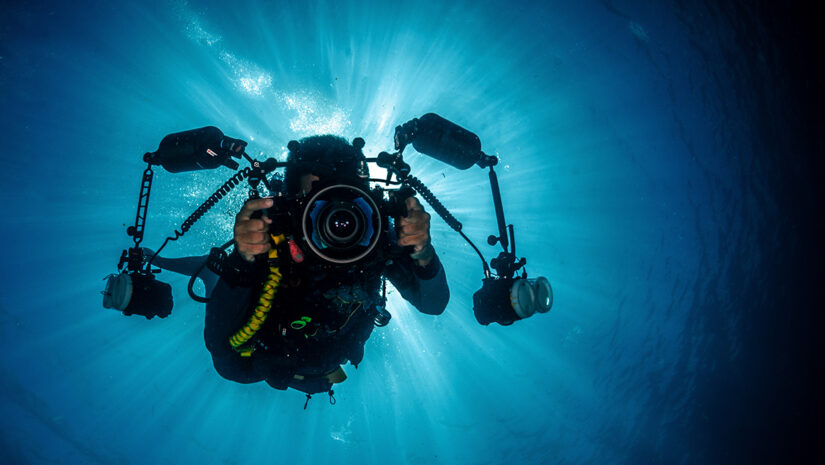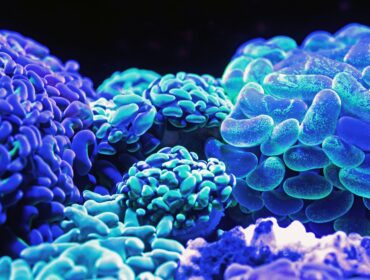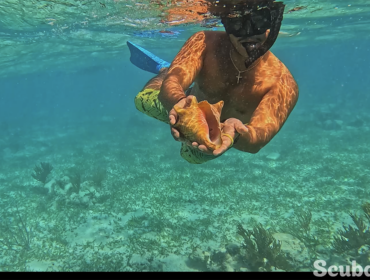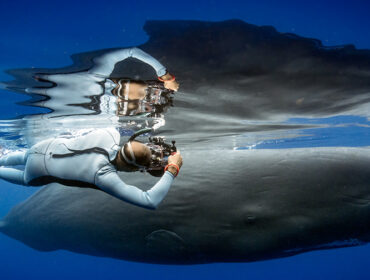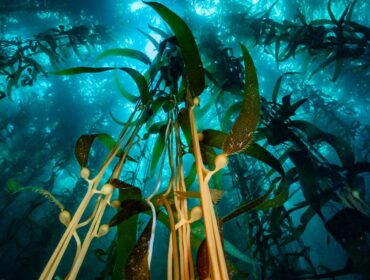Underwater photography, as we’ve seen in different posts on the subject, although it has the same basics as terrestrial photography, requires a unique understanding of how light works in the medium of water. As water absorbs light the deeper you go, underwater photographers must compensate for this loss of light and color with extra lighting. Underwater Strobes, also known as underwater flash, are ideal for reducing back-scatter (a common problem faced in underwater photography), bringing back color to your photographs, and enabling you to try different lighting options while taking pictures.
Here are some tips on the use of strobes in underwater photography:
What to look for in a Strobe
- The more, the better. A guide number usually gives the power of an underwater flash. The higher the guide number, the stronger the strobe and the better. Guide numbers are typically provided in meters, meaning the strobe will be powerful enough to light up a subject from that distance. However, you should remember that sometimes the guide number stated reflects the distance above the water, so you would have to be closer than the distance stated underwater.
- The recycle rate of the flash, or in simpler terms, the time taken by the flash to recharge for the strobe to fire again when taking multiple shots, is an important consideration when buying a strobe. The faster, the better. One second is considered very good, and three to four seconds is a little slow. However, strobes with lower power automatically recycle faster, but it’s important to look for a good combination of both power and recycle rate.
- Another consideration should be battery life. You want your strobe to last a couple of dives ranging from 100 to 300 shots. Rechargeable batteries are the best and most convenient for strobes.
Strobe Positioning:
When using a strobe, you’ll want to invest in flexible strobe arms to move it around and offer different lighting angles. For the best configuration and flexibility for various shots, whether macro or wide-angle, it’s best to use two strobes on either side of your camera housing with 8-9-inch long arms connected to them.
- For wide-angle shots, it’s best to extend strobes as far out away from the camera on both sides as possible. This will help light up a larger area. However, this depends on the subject you’re shooting; if you’re close to it, this positioning will create a dark area in the center, so you’ll have to pull the strobes closer in.
- For macro shots, pulling the strobes out a little up and in front of the camera is helpful, as is pointing them inwards, where your subject will most likely be located when taking the shot.
- Never point your strobes directly at the subject. This will illuminate the water in front and behind the subject, resulting in the unsightly backscatter you’re trying hard to avoid. Instead, a non-direct approach is recommended, and your own judgment is crucial in perfecting this.

